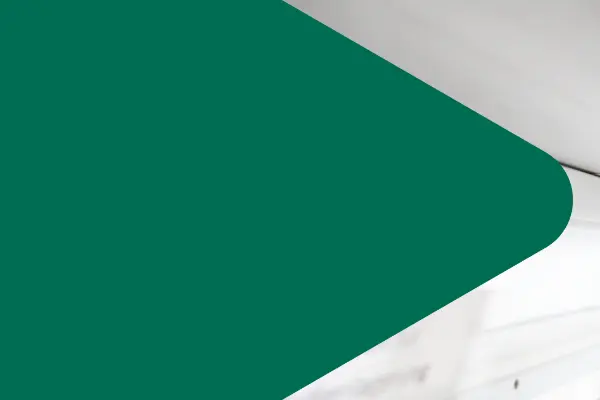
Are Your Dangerous Goods Classified for Safe and Compliant Transportation?
Avoid delays and risks with properly classified and labelled hazardous goods.

Are Your Dangerous Goods Classified for Safe and Compliant Transportation?
Avoid delays and risks with properly classified and labelled hazardous goods.